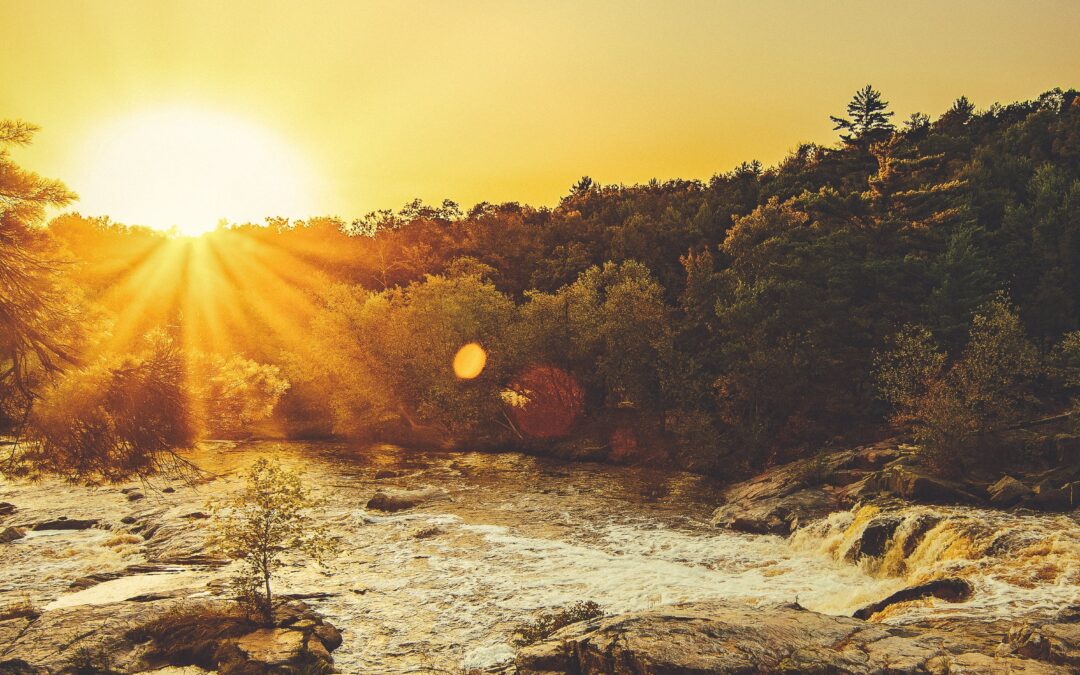The winter solstice occurs on December 21 or 22. The apparent position of the sun reaches its greatest inclination relative to the celestial equator. This day is the shortest of the year, so the night is the longest. For 2 or 3 days, at the astronomical level, the orientation of the earth remains the same. Then on the night of the 24th to the 25th, the days start to get longer again. The sun is reborn.
This unique moment in the year was, on an allegorical level, a marker of a great change according to ancient spiritual systems. Previously, the nights grew ever longer until this tipping point of the winter solstice. The lengthening nights symbolized the plunge into the darkness of matter.
The winter solstice is a new birth of the solar principle in darkness. Or rather the second birth, that is to say the birth of the spiritual being, the incarnation of light in matter. This moment in the great circle of the year represents the point of struggle between the divine nature of Spirit and the mortal nature of material form.
It is possible to perceive this allegory within myths across the cultures of the world: within mortal existence, we must all struggle against the demands of life, weighed down by a physical body and by our base passions, our weaknesses . And despite everything, this struggle between the mortal and the immortal plays out in each of us. We are destined to embody the divine spark in ourselves and in our earthly plane. To burn distractions and obstacles to our spiritual elevation.
This solstice teaches us that it is at the darkest time that light can be incarnated, in ourselves and in the world. It is at the nadir of incarnation that the ascent can take place. We must reach the bottom in order to be enlightened.
This rise begins at the time of the winter solstice, the lowest point of the year. The spiritual light within us will then grow until it reaches its peak during the summer solstice.

